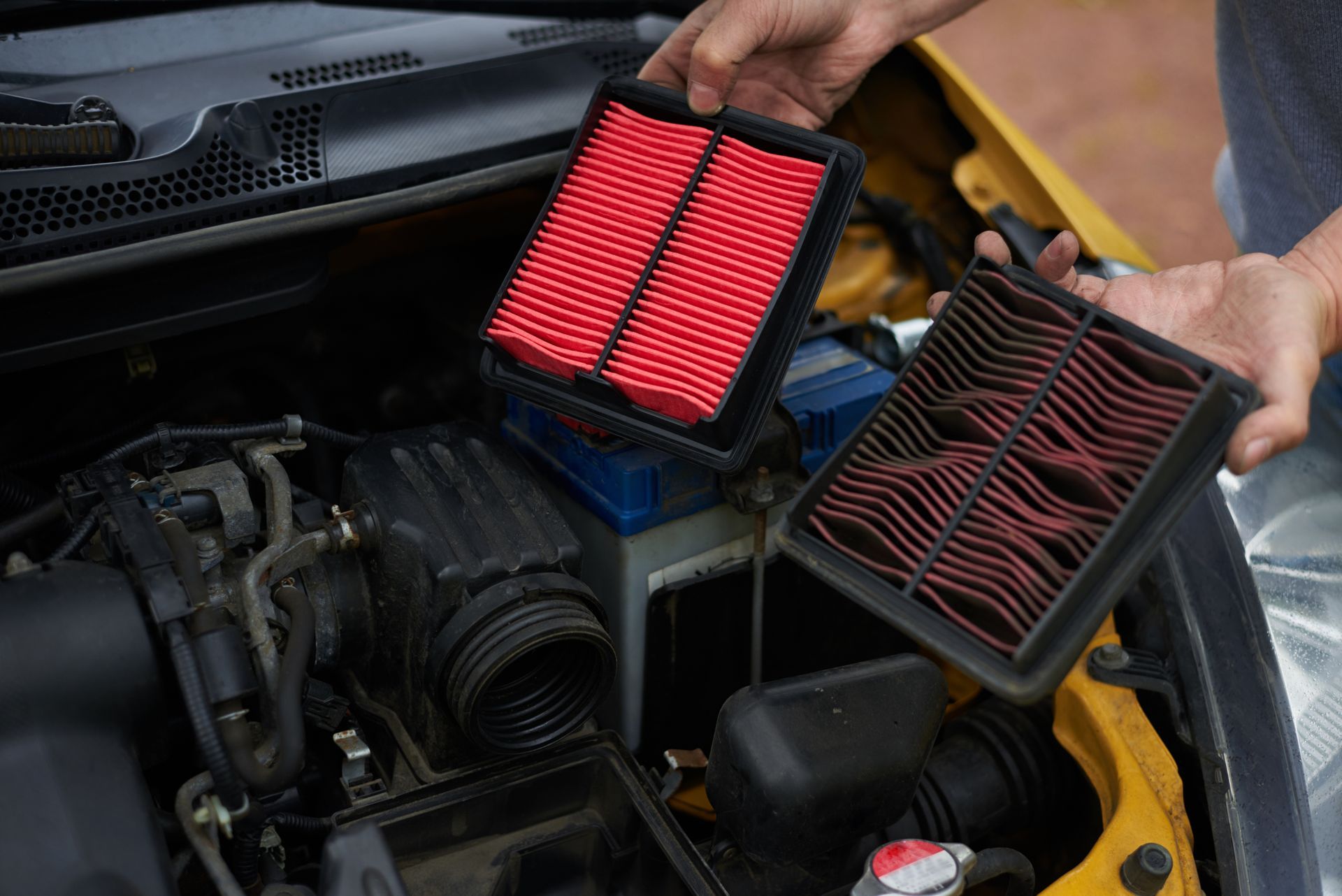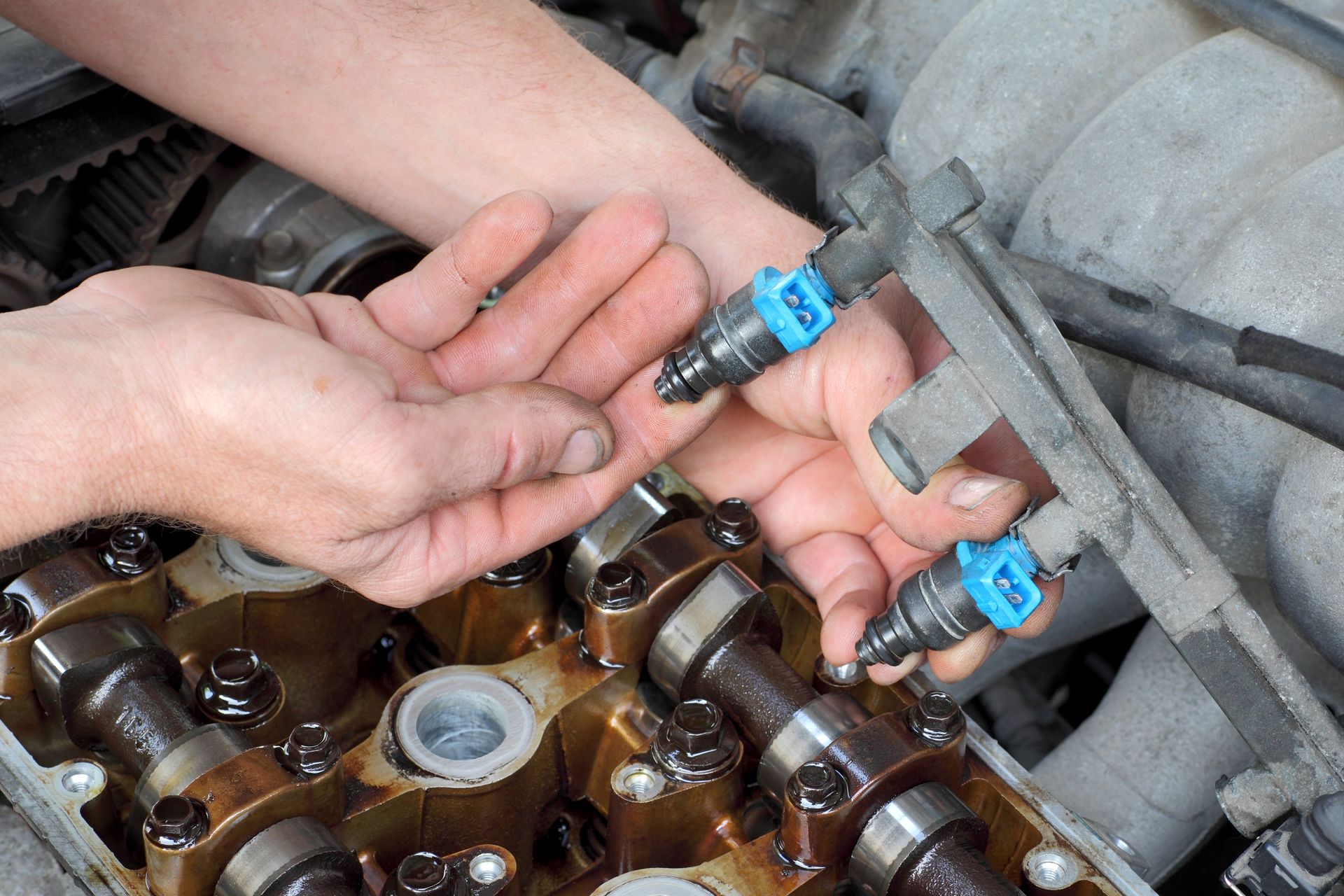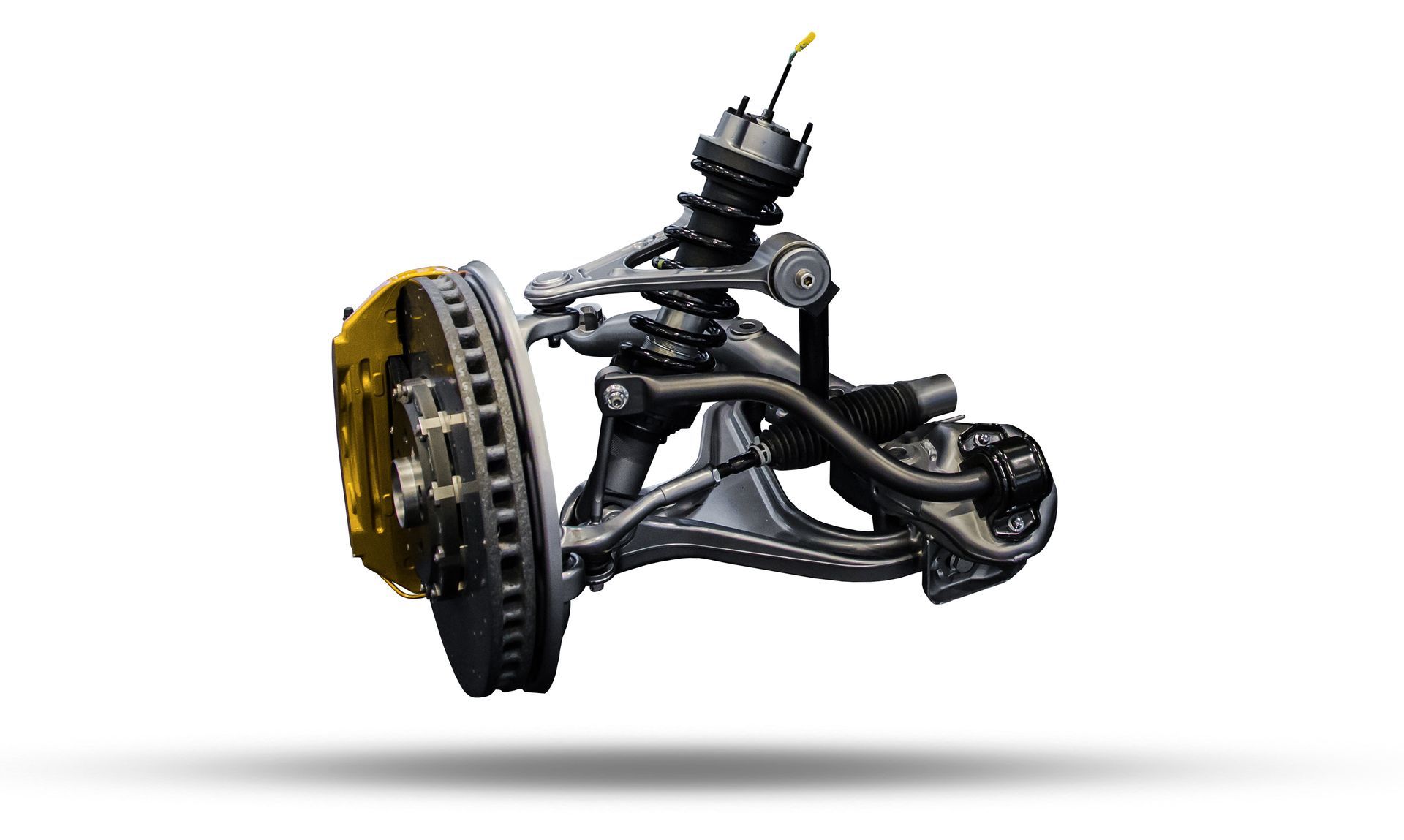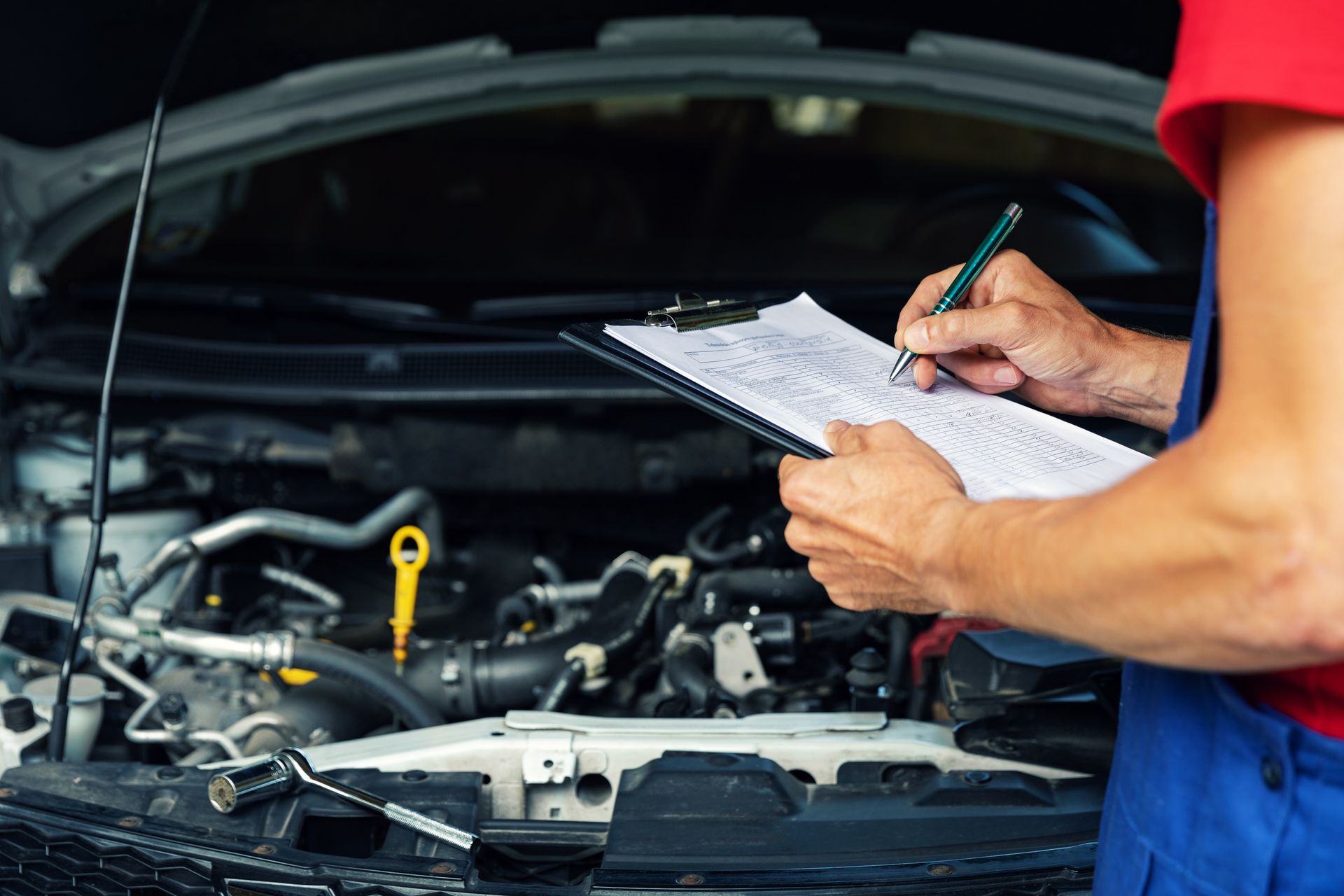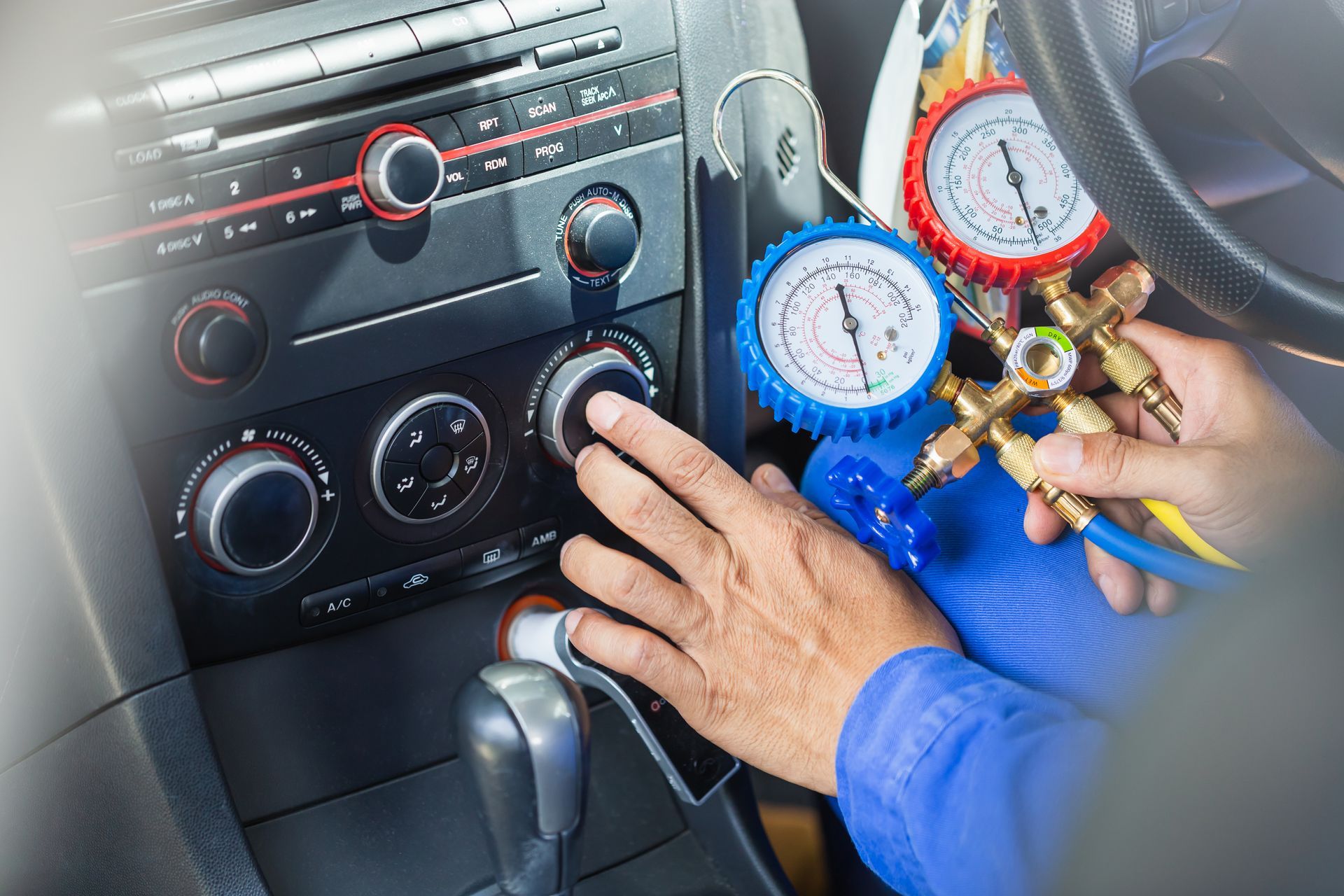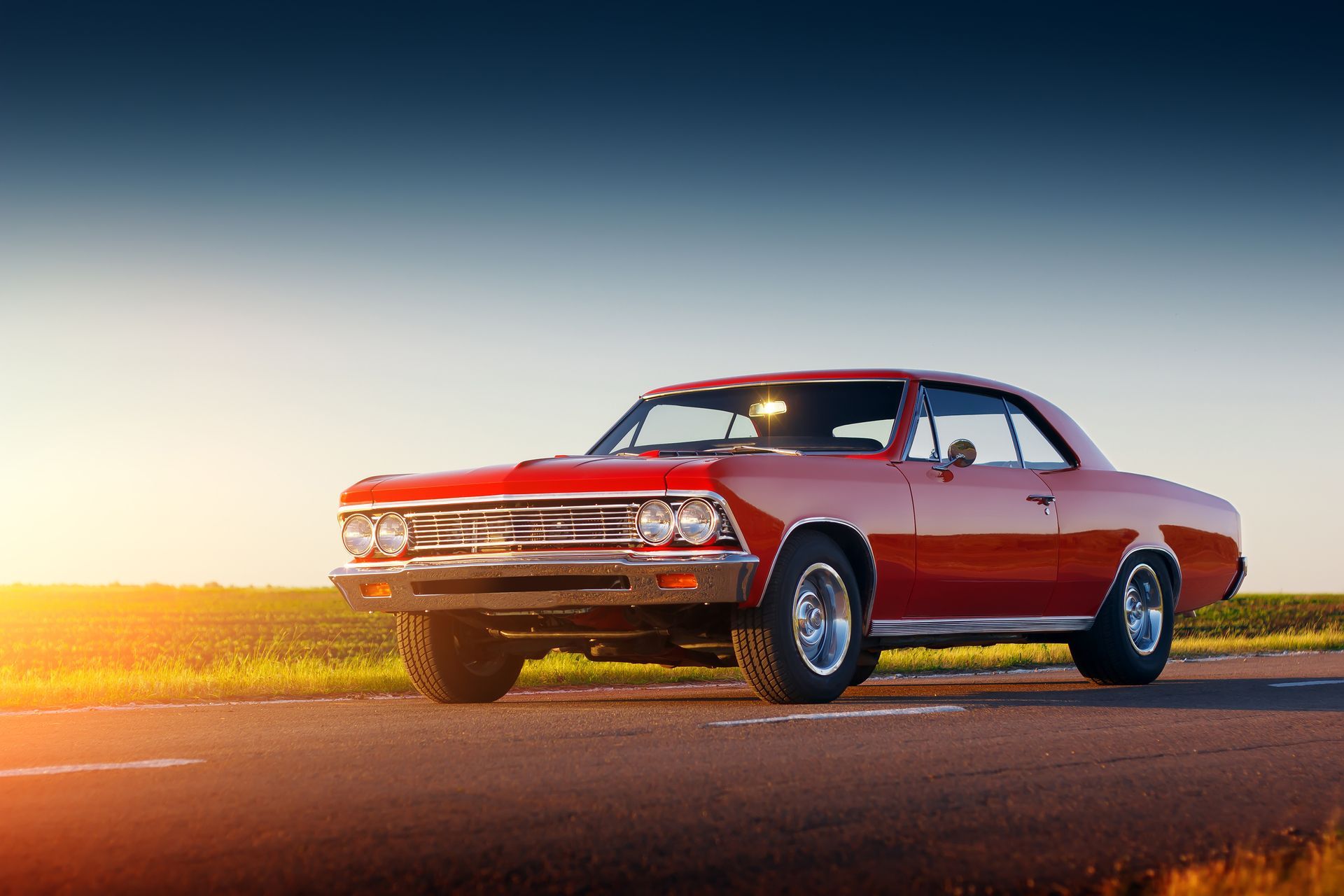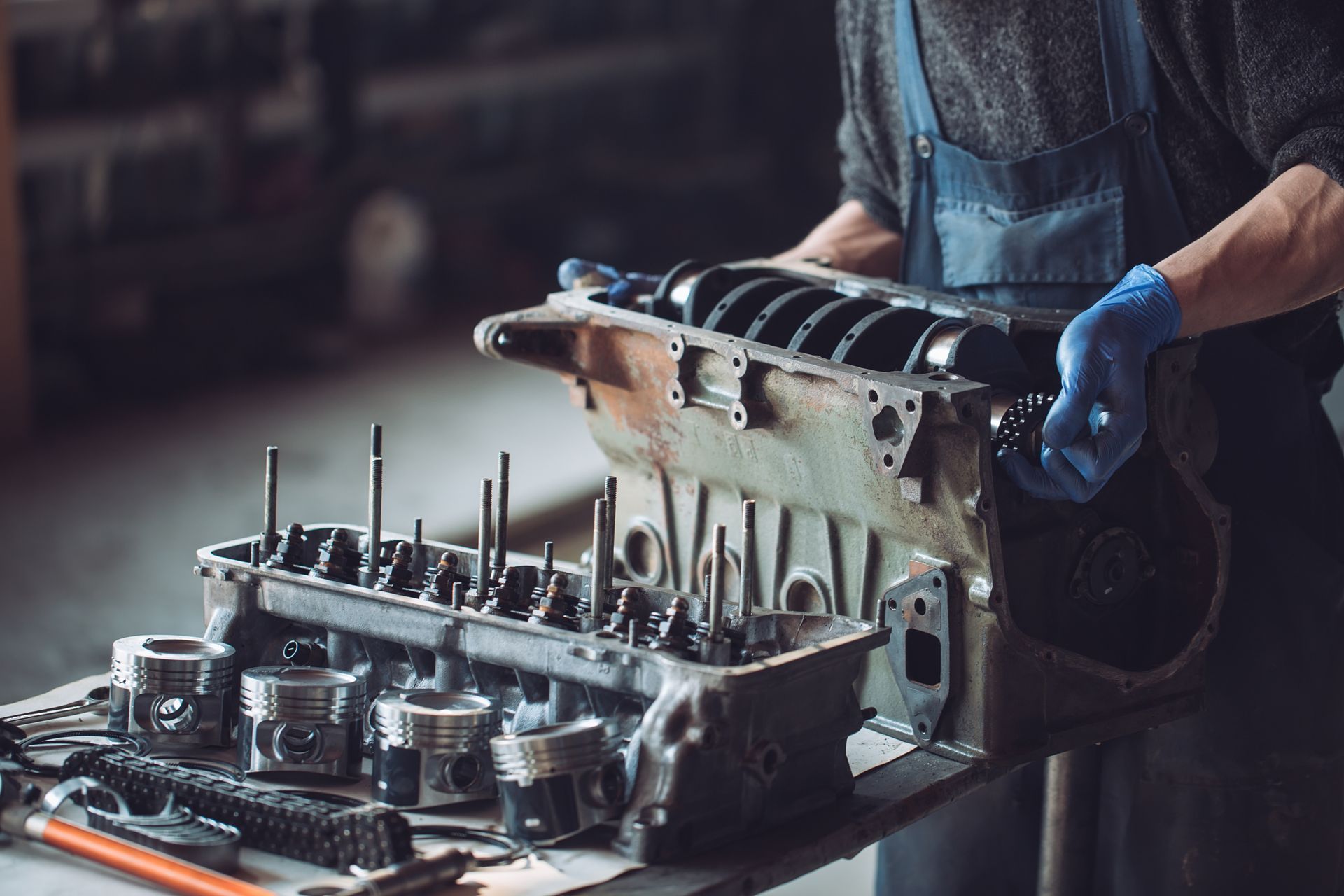Loading ...
Missing business hours data / Error occurred while getting the data.
Loading ...
Missing business hours data / Error occurred while getting the data.
Loading ...
Missing business hours data / Error occurred while getting the data.
Loading ...
Missing business hours data / Error occurred while getting the data.
How to Prepare Your Car for a Successful Track Day
August 27, 2024
For car enthusiasts, there’s nothing more exciting than the thought of taking your car to the track. Whether you’re aiming for speed, performance testing, or just looking to have some fun in a controlled environment, a track day provides the perfect opportunity. But, as exciting as it sounds, jumping into a track day unprepared can result in more than just a subpar experience—it could lead to major breakdowns or even dangerous situations. So, how do you get your car ready for a day of high-performance driving? Here's a complete guide to ensure your vehicle is fully prepped for an enjoyable and safe track day.
1. Perform a Thorough Inspection of Your Car
Before heading to the track, your car needs to be in peak condition. Even the slightest issue, which may not be noticeable during daily driving, could become a significant problem under the stress of high-speed track runs. Start by doing a detailed inspection of all key components:
Brakes
Your brakes will be under intense pressure during a track day. Check for sufficient brake pad material, inspect for any signs of wear, and ensure your brake fluid is topped off. You might even consider upgrading to a higher-temperature brake fluid to prevent fading under extreme conditions.
Tires
Tire performance is critical for grip and handling. Ensure that your tires have plenty of tread left and that there are no cracks or other signs of wear. Also, check for proper inflation. Keep in mind that tires tend to heat up and expand under hard driving, so you may need to adjust tire pressures accordingly at the track.
Fluids
From engine oil to transmission and power steering fluids, make sure everything is at the correct level. If you’re close to needing an oil change, it’s smart to get it done before the event. Track days can stress your engine more, and fresh oil will help it perform better.
Suspension
Your suspension system takes a beating on the track, especially around tight corners. Make sure everything is tight, aligned, and free from excessive wear or damage.
2. Consider Upgrading Key Performance Parts
While you can certainly bring a completely stock car to the track, certain upgrades can make a world of difference in your vehicle’s performance and your overall experience. If you’re a regular at the track, investing in a few performance modifications can significantly improve your car’s reliability and speed. Some common upgrades include:
Brake Pads and Rotors
High-performance brake pads can withstand the heat better and offer more consistent stopping power.
Tires
Track-focused tires will provide better grip and handling than regular street tires.
Suspension
Upgraded suspension components, such as coilovers, anti-roll bars, and bushings, can help improve your car’s handling and response during aggressive driving.
Cooling Systems
Track driving can cause your engine to run hot. Consider installing an upgraded radiator, oil cooler, or even a transmission cooler to keep temperatures in check.
Remember, any upgrades should be tested before you hit the track. You don’t want to install new parts only to discover problems once you’re out on the course.
3. Empty Your Car and Secure Loose Items
This might sound obvious, but removing all unnecessary items from your car is necessary. You won’t need your grocery bags, tools, or that pile of books cluttering your backseat when you’re flying around a track. Loose items can become dangerous projectiles in the event of sharp turns or sudden stops.
Check that everything in the car is securely fastened. Ensure your battery is properly secured, as it’s often overlooked. A loose battery could shift under the intense forces experienced on the track and cause serious damage.
4. Check and Adjust Tire Pressure
Tire pressure plays a massive role in how your car handles on the track. For a day of high-speed driving, you’ll want to make sure your tire pressures are ideal. Too much air in your tires can reduce the contact patch with the road, leading to reduced grip. On the other hand, too little pressure can cause your tires to overheat and wear quickly.
It’s a good idea to bring a tire pressure gauge and portable air compressor to the track. You’ll be able to adjust your tire pressure throughout the day as the tires heat up and the conditions change. Some drivers prefer to start with lower pressures, knowing the heat generated from driving will increase pressure naturally.
5. Ensure Your Safety Equipment is Ready
Your car isn’t the only thing that needs to be ready for a track day. You’ll also want to ensure your personal safety equipment is prepared and up to spec. Many track days require specific gear for drivers, such as helmets. Make sure you have a helmet that meets safety standards (check the event guidelines for specifics) and is in good condition.
Depending on the track event, you may also need additional safety gear, such as fire-resistant clothing, gloves, or a roll cage in your car. Always check the event’s safety requirements beforehand to avoid any surprises when you arrive.
6. Familiarize Yourself with the Track
It’s tempting to show up and jump right onto the track, but taking a moment to familiarize yourself with the course layout can make a big difference. Learn the track’s turns, straightaways, and potential hazards. Many tracks provide a map or have instructional laps available before you start pushing your car to its limits.
Knowing when to brake, accelerate, and how to approach each corner can help you navigate the course more confidently and safely. It's not just about speed but mastering the track itself.
Your car deserves the best care before a track day. Let
Custom Performance Center handle the inspections and upgrades so you can focus on driving. Contact us today to prepare your vehicle for an unforgettable experience!
Call Us
Loading ...
Missing business hours data / Error occurred while getting the data.
Our Location
Loading ...
Missing nap lines data / Error occured while getting the data.


